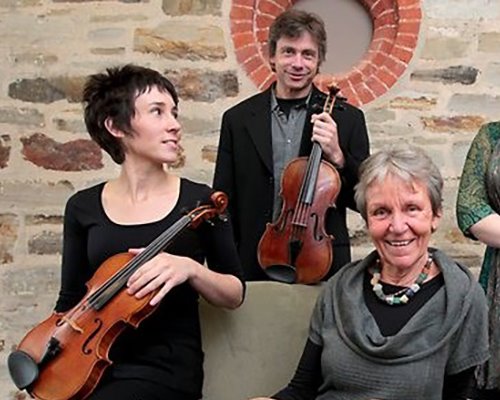 Wood - A Unique Material for Musical Instruments
Wood - A Unique Material for Musical Instruments
Voichita Bucur - 2015
The aim of this report is to study the suitability of wood species for high quality musical instruments for soloists and other professional musicians. In the Western cultural tradition the musical instruments of the classical symphony orchestra made in wood are: the string instruments, namely the violin family instruments, guitar, harp, and piano, the woodwind instruments – clarinet, oboe and bassoon and the percussion instruments – xylophone and marimba.
Nondestructive techniques for musical instruments testing and for wood quality testing are described. Testing musical instruments is conceptually very similar to testing other mechanical structures. Interpretation of the results is, however, more complex because of the enclosed air cavity of musical instruments, which is an integral part of the system. Three groups of methods were developed for nondestructive testing of musical instruments: optical, mechanical and with radiation.
For the characterisation of wood behaviour for musical instruments acoustical methods were used such as vibrational methods, in the audible frequency range (< 20 kHz) and in the ultrasonic frequency range (1MHz). These methods allow the determination of elastical constants of wood.
Traditional wood species for string instruments are spruce and curly maple. Resonance spruce called also tonewood (Picea abies) of very fine structure is used for the soundboards of all string instruments. Curly maple (Acer pseudoplatanus) is used for the back of violins, violas, cellos, double-basses and sometimes for the back of guitars. The instruments from the families of clarinets and oboes are made from exotic wood species – Dalbergia spp. or Diospyros spp. Bassoons are made in sycamore. Boxwood is used for period instruments. Percussion instruments are made in Honduras rosewood. Given the limited natural resources of traditional wood species different substitutive wood species have been studied such as species of Australian origin for string instruments and South American or African origin for percussion instruments- padauk, bubinga and mahogany. Among the Australian species used for acoustic guitars as substitutes for spruce (400- 450 kg/m3), because they have relatively low density are: King William pine, Huon pine and celery-top pine. Substitutive species for curly maple (density around 600 kg/m3) are blackwood, myrtle and sassafras with a wavy structure. For their exceptional decorative values, Australian species are used as veneers for grandpiano manufacturing. For mass production musical instruments different composites are successfully used. However, high quality instruments for soloists are made exclusively in wood with traditional manufacturing techniques.
Download Report